|
This post is the first in a set of guest posts by students in my Biology 100 class who helped manage an area of Lake Katherine for one of our lab sessions. Enjoy! THE HILLSIDE On April 24, 2019, my biology lab at Trinity Christian College took a trip to Lake Katherine Nature Center and Botanic Gardens, to take what we had been learning about in our ecology study and put it into practice. So, together we walked a short way of campus until we reached a hillside that is along the trail belonging to Lake Katherine. The hill was covered in an invasive species called Buckthorn. The naturalist at Lake Katherine, Sara Barnas, put us to work taking down the Buckthorn and picking up all the trash that was scattered throughout the hillside. I started by picking up trash and it was sad to see how many bottles and cans covered the hillside; proof that people don’t often care or pay attention to the nature around them. I then went to tackling the Buckthorn along with the rest of the class, cutting it down so that later in the year beautiful, native, species could grow and be seen. WHY TAKE OUT THE GREEN? Buckthorn is a tall, hardy, shrub that has thorns and grows little green leaves. It can survive in a variety of soil and light conditions. It’s tough to cut down and not fun to touch. Lots of thorns! Be careful! It was weird being told to cut down everything that was green, as usually you would do the opposite. However, Buckthorn is an invasive species and it can take over a plot of land, pushing out the native species that are supposed to live there. This affects the ecosystem greatly as it would then cause the native species to die and the insects and animals that live off the native species to also not have a food source anymore. Basically, Buckthorn isn’t a fun thing to have around. BEING STEWARDS Taking down the Buckthorn and picking up trash at Lake Katherine was an example of us being good stewards. We wanted to play a part in conserving and taking care of the beautiful native, natural land that was created by God. As Christians we are called to be good stewards and take care of the world that we have been put in. We are called to be stewards of creation and that includes animals and the environment. For us, that looked like picking up trash and cutting down Buckthorn. But this plays into our everyday lives, like recycling and not throwing your trash outside to begin with. God created a big, beautiful world for us to enjoy and filled it with so many animals, plants, etc. that we can enjoy. Being good stewards of the environment will not only help you to enjoy the world you’ve been put in, but also be an example to others and help them enjoy this same beautiful creation. Rachel Babiak Genesis 1:26 “Then God said, “Let us make man in our image, after our likeness. And let them have dominion over the fish of the sea and over the birds of the heavens and over the livestock and over all the earth and over every creeping thing that creeps on the earth.”
Psalm 24:1 “A Psalm of David. The earth is the Lord’s and the fullness thereof, the world and those who dwell therein.”
0 Comments
.Our crew of five gathered around the edge of the prairie on a pleasant March morning, wielding tools both to start and to fight fire. In the shade of the trees, frost still lingered on the dry grasses and plant stalks that would serve as fuel for the fire, so we made our way around to another section of the prairie to begin the burn. A drip torch provided the fire to get things going, and I stood by with my fire-swatter to stamp out any fire going where it wasn't supposed to go.
Controlled burns have become a key management tool for many ecosystems in the Midwest. I had always wanted to watch or assist with a controlled fire, but this spring was my first chance to do so. This controlled burn was at Lake Katherine in their Buzz 'n' Bloom prairie. The trails around the prairie served as fire breaks, and we closely monitored the fire. However, with the damp ground and effective fire breaks, there wasn't too much cause for me to use my fire swatter. I really only used it once to keep the fire back from a compost area of the neighboring heritage garden. Prairies, oak savannas, and even many of our local forests have fire-adapted species. In the case of prairie plants, their deep roots and growth points tucked down low allow them to recover quickly from fire. Fire also helps promote a diversity of native species and reduces the prevalence of invasive species in these habitats. If you are driving along the forest preserves this spring (or later in the fall) you might see their burn crews at work, as prescribed fire is a key management tool used in the preserves as well. Obviously, fire must be used with care, but it's an important part of conserving native species and landscapes in our region. What looks black and charred today will soon show the evidence of a flourishing ecosystem, with leaves emerging and flower buds forming. |
Abbie SchrotenboerI'm a biology professor at Trinity Christian College. I'll be using this page to share interesting stories related to ecology and conservation at Trinity and in the Chicago area (although I might be tempted to expand my geographic focus upon occasion). Archives
December 2020
Categories |
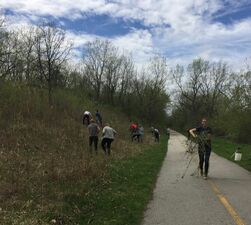
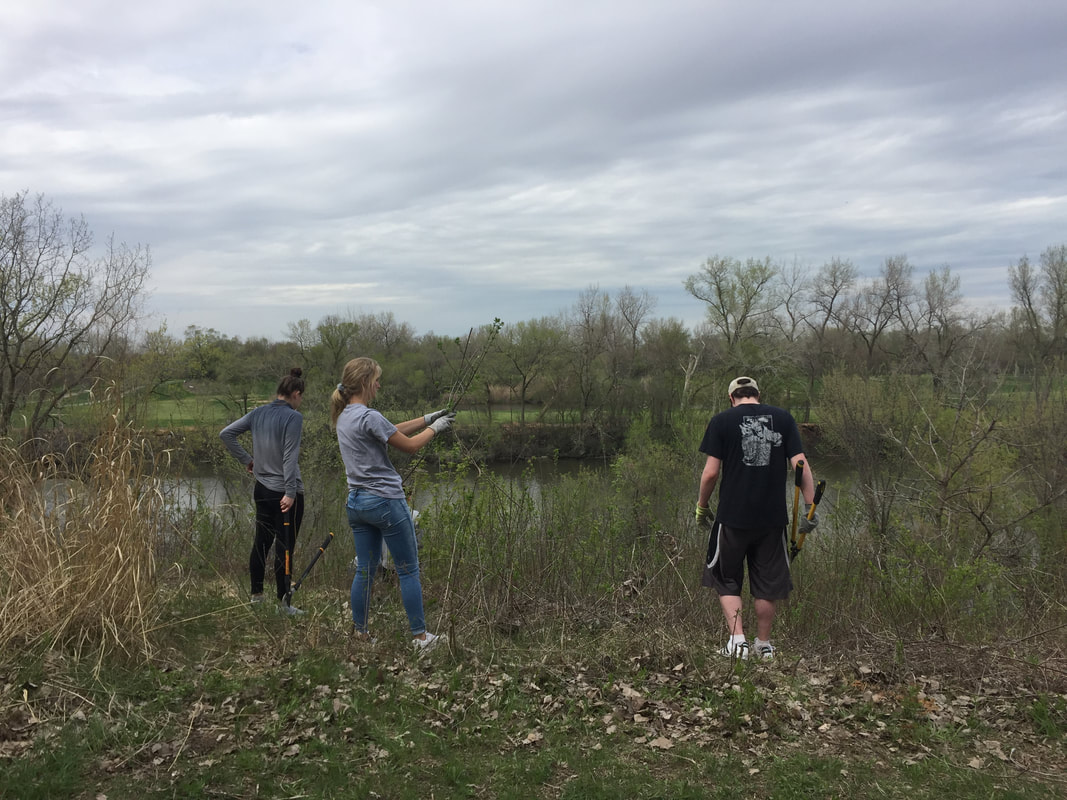
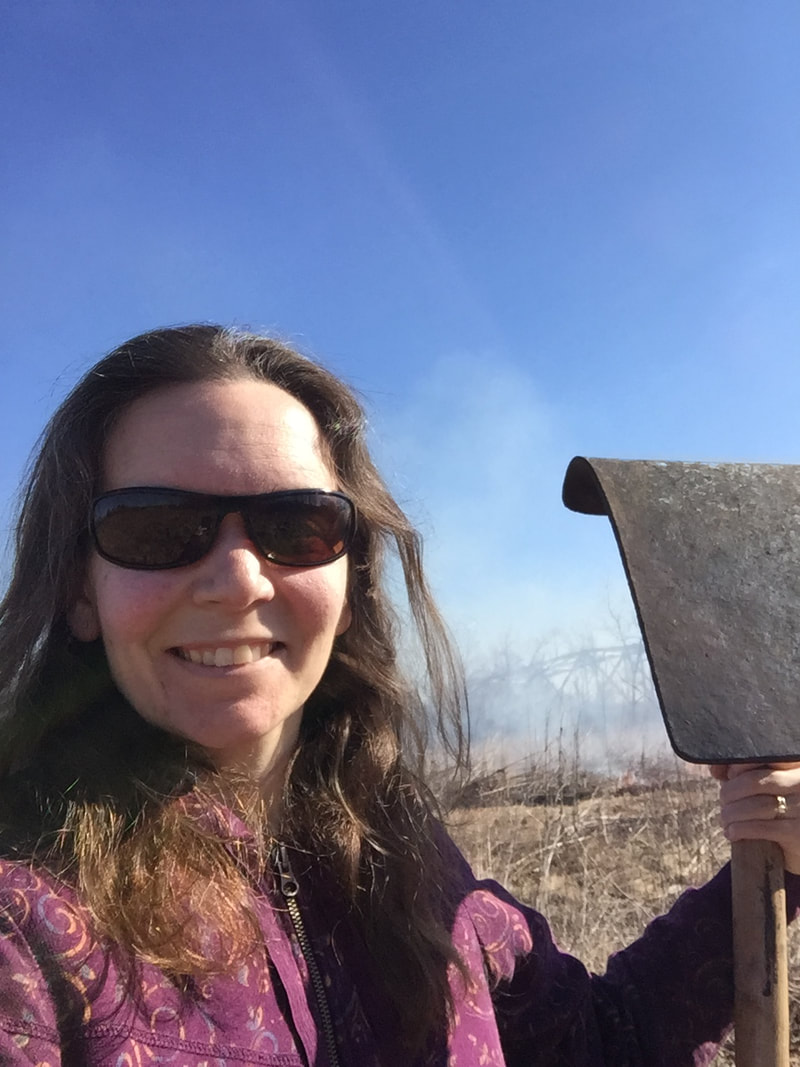
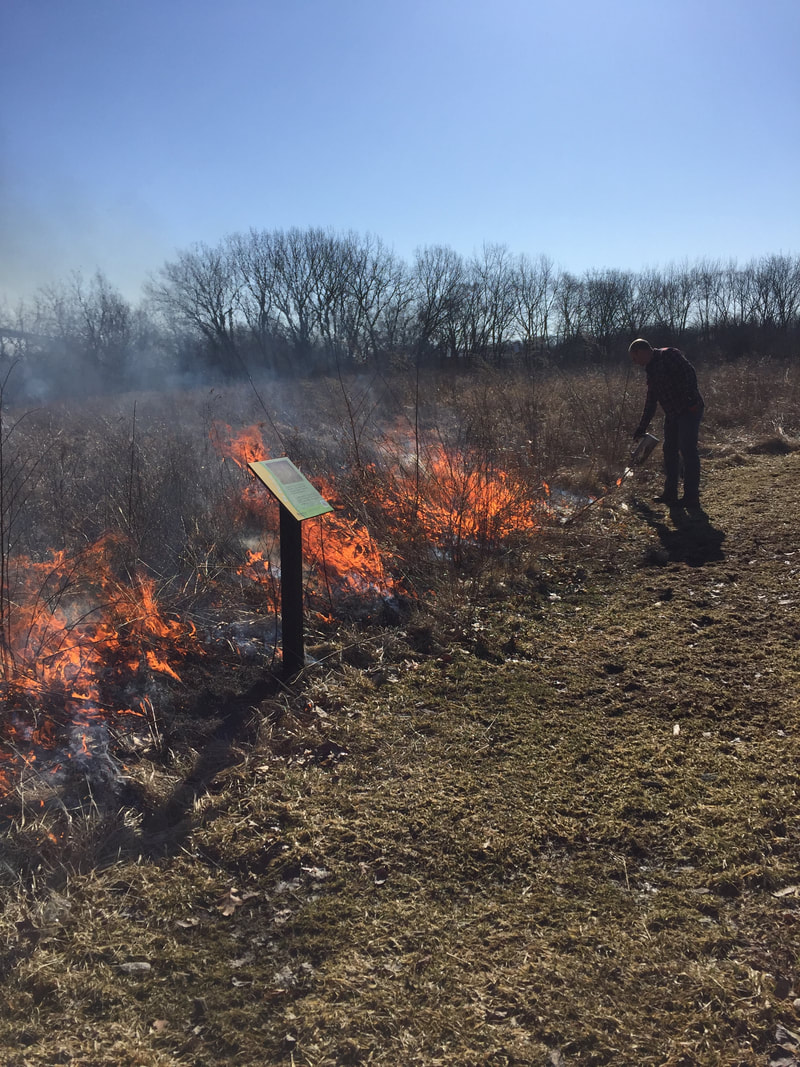
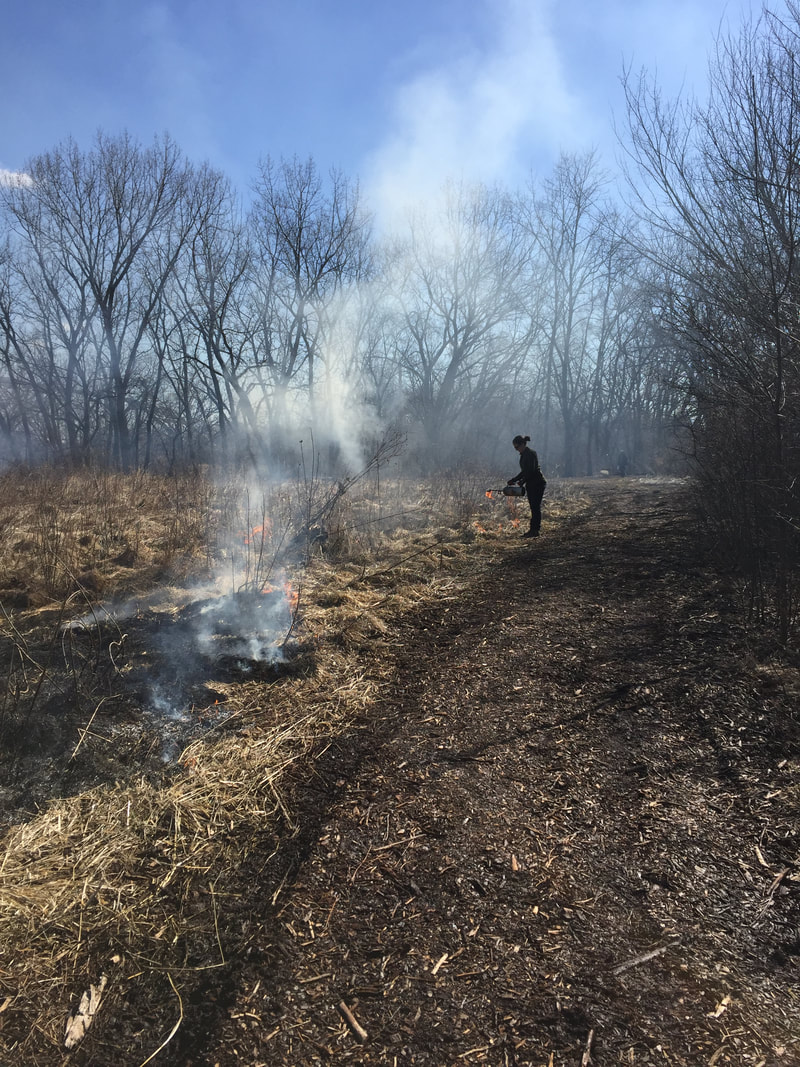
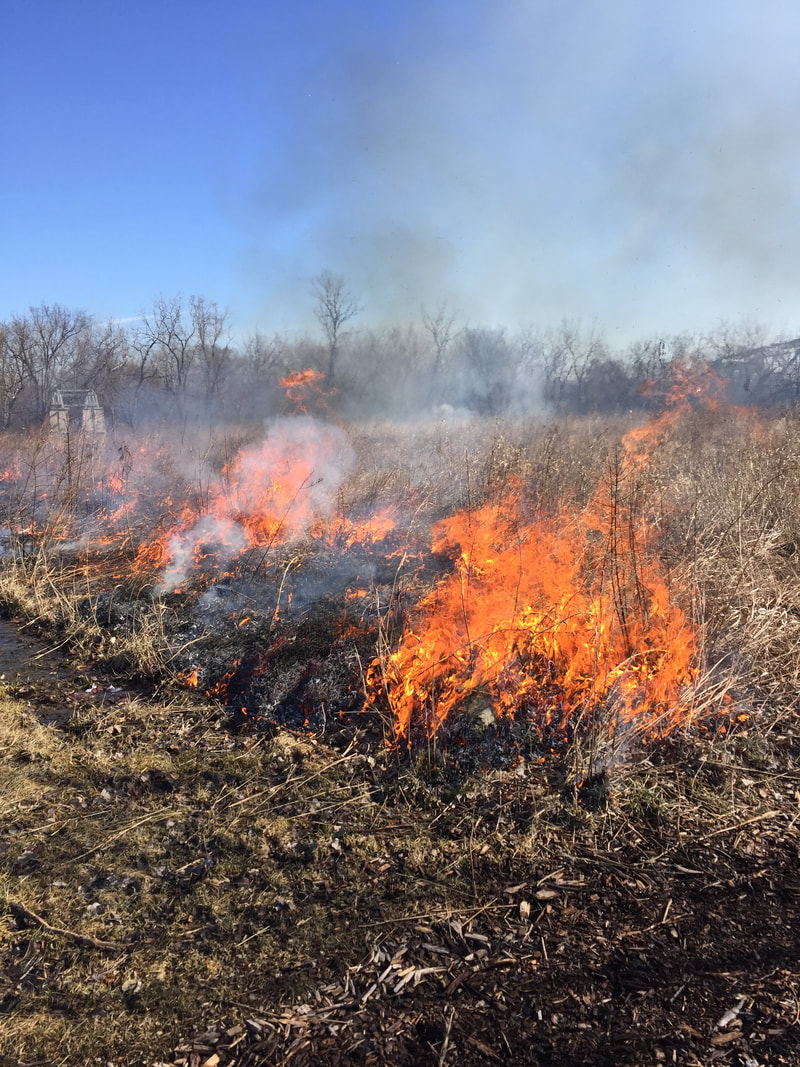
 RSS Feed
RSS Feed
